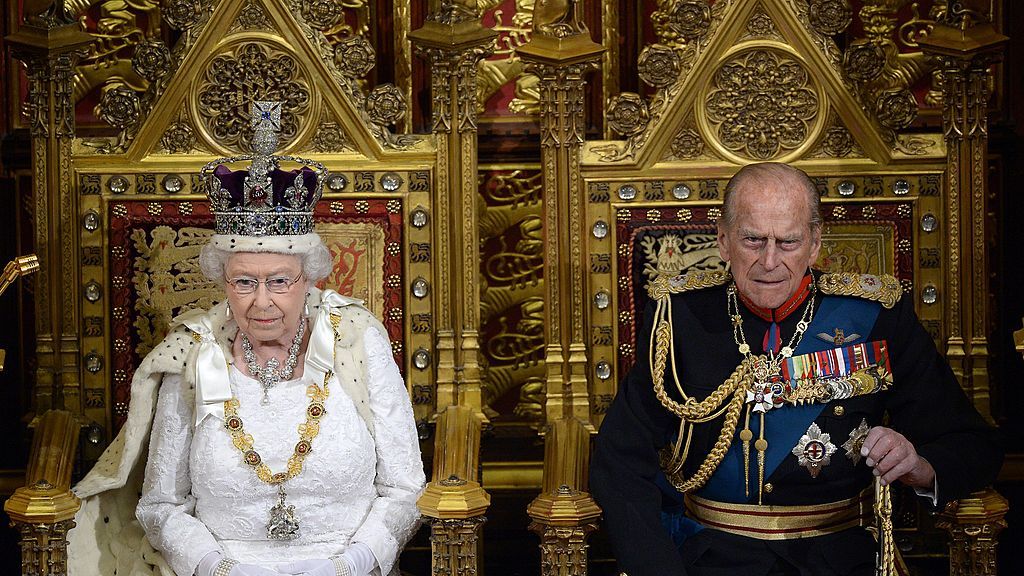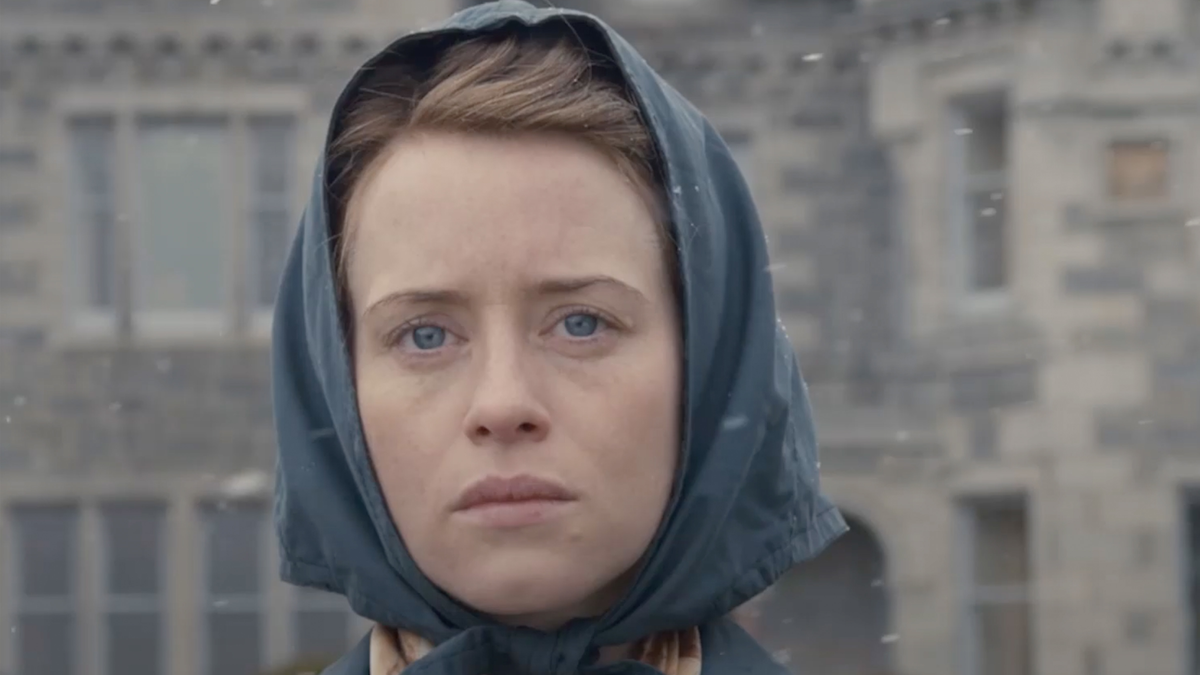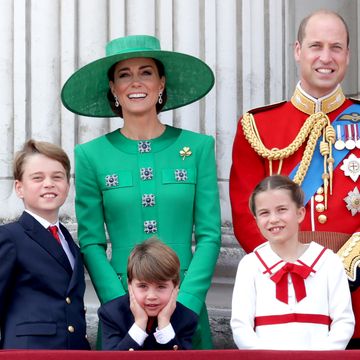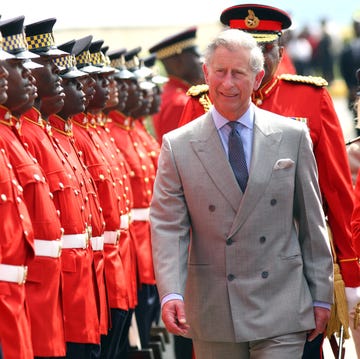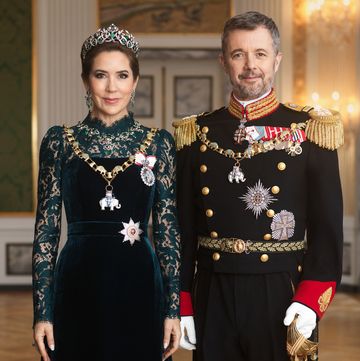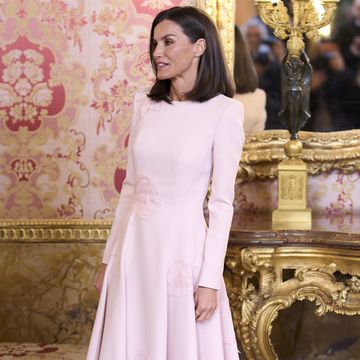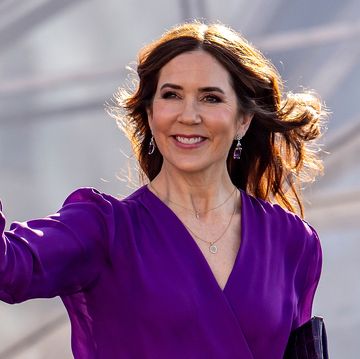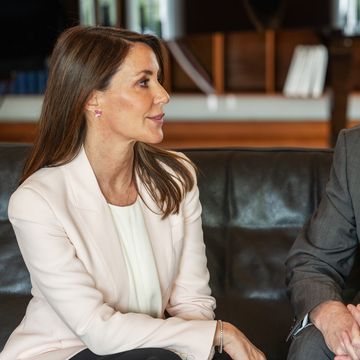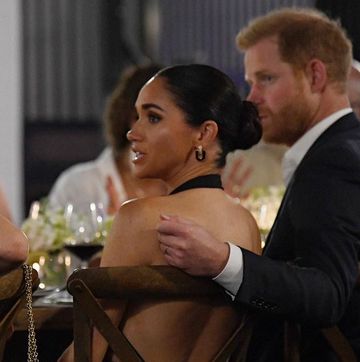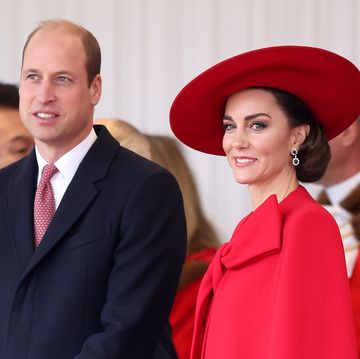Queen Elizabeth's husband Prince Philip, the Duke of Edinburgh, has died. He was 99-years-old.
"It is with deep sorrow that Her Majesty The Queen announces the death of her beloved husband, His Royal Highness The Prince Philip, Duke of Edinburgh," reads a statement released by the royal family this morning.
"His Royal Highness passed away peacefully this morning at Windsor Castle. Further announcements will be made in due course. The Royal Family join with people around the world in mourning his loss."
In light of the sad news, we're taking a look at his title.
When Prince Philip married then-Princess Elizabeth more than 70 years ago, he was forced to renounce his Greek and Danish royal titles in order to become the Duke of Edinburgh; however, a decade later, then-Queen Elizabeth II officially named him a British Prince.
On February 22, 1957, the palace issued the following statement:
The Queen has been pleased by Letters Patent under the Great Seal of the Realm bearing date 22nd February, 1957, to give and grant unto His Royal Highness the Duke of Edinburgh, K.G., K.T., G.B.E., the style and titular dignity of a Prince of the United Kingdom of Great Britain and Northern Ireland, Whitehall.
The Queen has been pleased to declare her will and pleasure that His 'Royal Highness the Duke of Edinburgh shall henceforth be known as His Royal Highness The Prince Philip, Duke of Edinburgh.
But why isn't he King Philip?
The wives of British monarchs tend to receive the ceremonial title of queen—or, more specifically, queen consort. For example, the Elizabeth's mother (also Elizabeth) became queen consort when her husband, George VI became King. Duchess Kate will likely become Queen Catherine when William ascends to the throne. Camilla could become queen consort, though for now Clarence House has announced that "It is intended that Mrs. Parker Bowles should use the title HRH The Princess Consort when The Prince of Wales accedes to The Throne."
However, the reciprocal is not true. Men married to the British monarch are known as prince consorts, not king consorts. As with many royal traditions, you can chalk this one up to a very old and powerful patriarchy. Kings always reign, whereas Queen can be a symbolic title.

As the digital director for Town & Country, Caroline Hallemann covers culture, entertainment, and a range of other subjects
